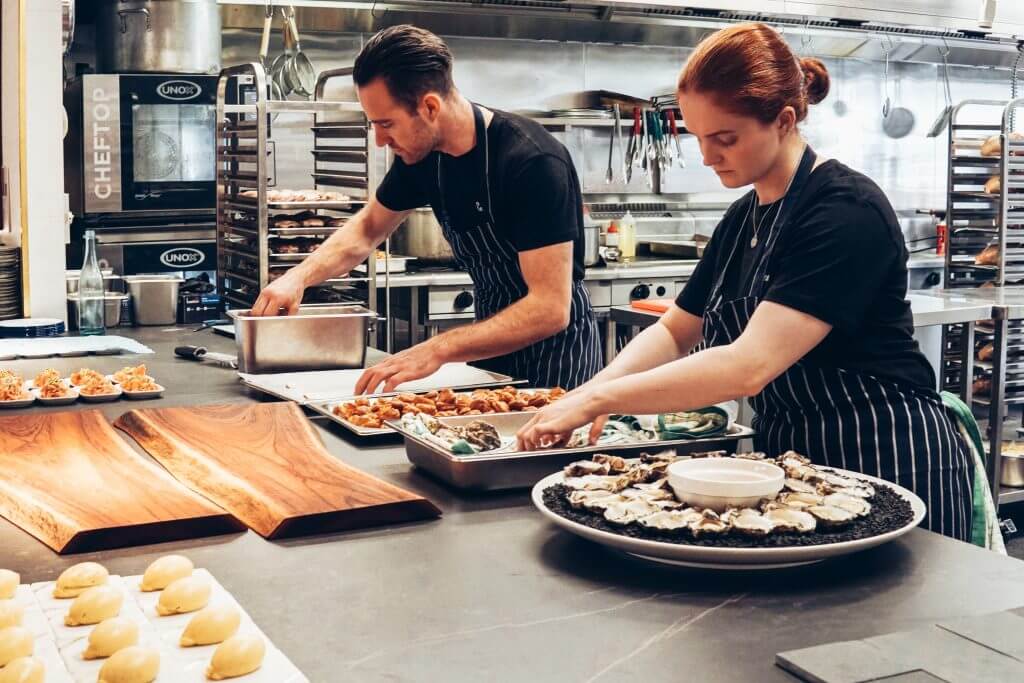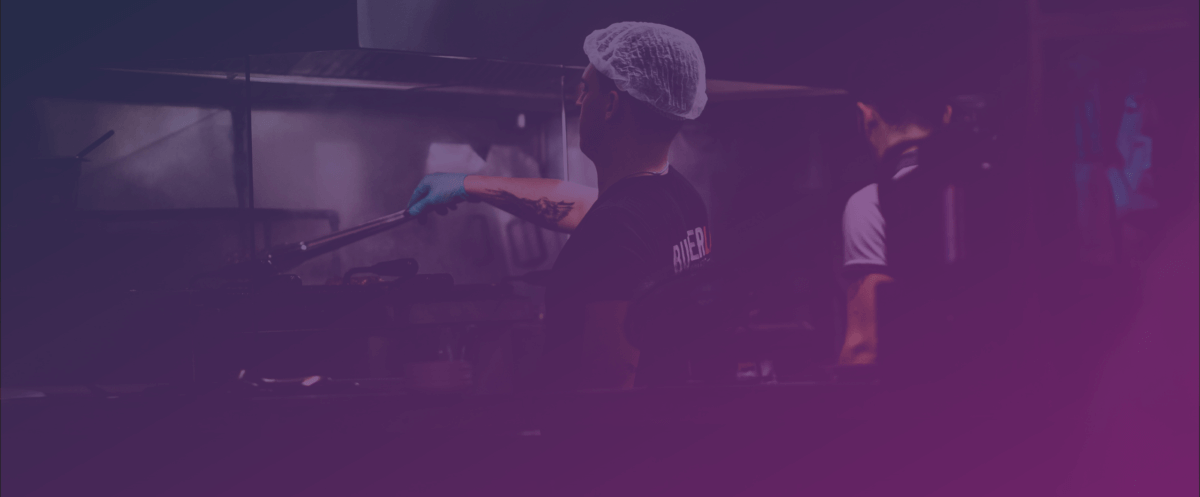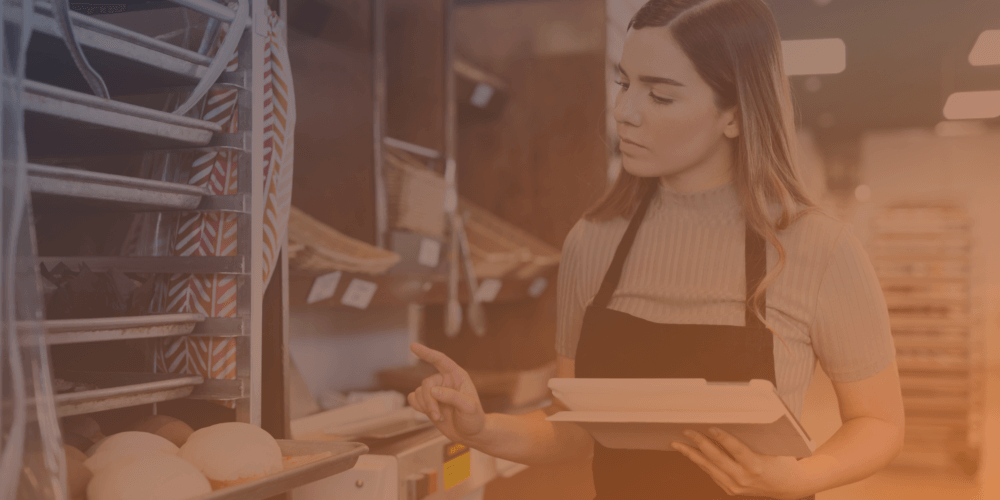Restaurant operators across the country are particularly focused on one issue: lowering costs. Knowing that food and labor are the two biggest spend categories, tightly managing those are critical. As we continue to manage an ever-changing landscape amidst the effects of the global pandemic, operators will be tracking every cent that comes in and out of their restaurants more than ever before.
When thinking about what affects your profits, consider utilizing these five steps to impact and lower your food and labor costs.

1. Manage variance
Variance largely impacts your food cost. Actual cost of goods is king from an accounting perspective. However, managing costs using your theoretical vs actual (TvA) is where the greatest impact can drive savings to your bottom line. These metrics show you where your teams are maximizing every penny for the sales they are getting in the door.
2. Calibrate recipes across teams
Picture this: One of your stores is ordering way more rice than the rest. You’re told that they often run out before the end of day on recipes that call for rice. After some investigation, you realize they’re using an outdated recipe that calls for two scoops of rice per menu item, when all other stores are utilizing an updated recipe that’s scaled down to one scoop of rice per menu item.
When your staff doesn’t follow recipes or when they’re using an outdated recipe, there’s inconsistency not only in how that recipe translates into cost, but your guests’ experiences across your enterprise. Utilizing a standard recipe that’s updated in your cloud-based restaurant software will improve the accuracy of your ingredient depletion and leave you with a much more confident understanding of your food costs.
3. Move to scoops
If you know that a recipe calls for two ounces, consider moving to a #16 scoop (blue handle disher). You can add these details to your daily line checks. This ensures proper portioning and no longer depends on the cooks to “eye” the correct amount.
4. Utilize portion control methods
If weight portions are on your menu, consider using portion bags or scales on your line and spot check your staff to ensure that recipes are being followed. Weigh out the proper portion and display it for staff to “recalibrate their hands or eyes” to what the proper portion should be. Eliminate ambiguous amounts in recipes like “shake” or “sprinkle”. Consistently using exact measurements across prepped items and menu items will create confidence in your data and a consistent customer experience.
5. Optimize ingredients
Once you’ve identified which recipes or menu items are causing your food costs to inflate or to be mismanaged, look for ways to better optimize the ingredients you’re using. Would you be able to cut portion sizes down on a specific ingredient? Can you replace two slices of cheese with one slice? Does your plated item include a side, and do you notice whether those sides are often left behind on dish pick up? Small tweaks across your most costly menu items or recipes can initiate a noticeable change in your food cost.
Making it work
Lowering food costs ultimately comes down to doing your due diligence. As restaurant operators, your time is precious, but making time to perform these tasks is crucial to your bottom line. Enable your team with resources to help them quickly and easily identify areas in operations that are leading to inflated food costs.
Decision Logic is the industry’s #1 software for managing variance and food and labor costs. Looking to take control of your back office? Get in touch with us and let’s get to work.




